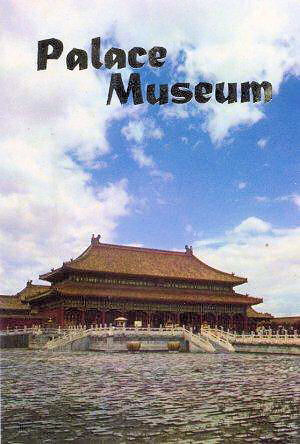
|
Temple of Heaven Palace Museum The Palace Museum used to be the Imperial Palace of the Ming and Ching Dynasties and was commonly known as the Purple Forbidden City. First constructed from 1406 to 1420 (4th to the 18th year of the Ming Emperor Yung Lo's reign), it has a history of over 500 years. Alterations and reconstructions were carried out later on several occasions. The Palace Museum covers an area of 720,000 square meters, including buildings with a total floor space of 160,000 square meters. It is surrounded by a wall 10 meters high and a moat 52 meters wide. This group of splendid ancient buildings is a concentrated embodiment of the fine tradition and unique style of Chinese architecture and an expression of the great talents and architectural skills of the Chinese laboring people of those days. The Palace Museum can be divided into two parts. The front part consists mainly of Tai Ho Tien (Hall of Supreme Harmony), Ching Ho Tien (Hall of Complete Harmony), and Pao Ho Tien (Hall of Preserving Harmony) where the Ming and Ching Emperors held court and important ceremonies. The rear part consists of Chien Ching Kung (Palace of Heavenly Purity), Chiao Tai Tien (Hall of Union), Kun Ning Kung (Palace of Earthly Tranquility), the six western and eastern Palaces and the Imperial Garden, where the emperors had their offices and spent their leisure hours with their consorts and concubines. During the reactionary KMT rule, the building were seriously damaged and relics stolen. After liberation, the People's Government conducted repairs and renovations and turned the Palace into a museum open to the working people and foreign friends. On to Next Scene ⇨⇦ Back to Last Scene Return to Temple of Heaven Page 2 |